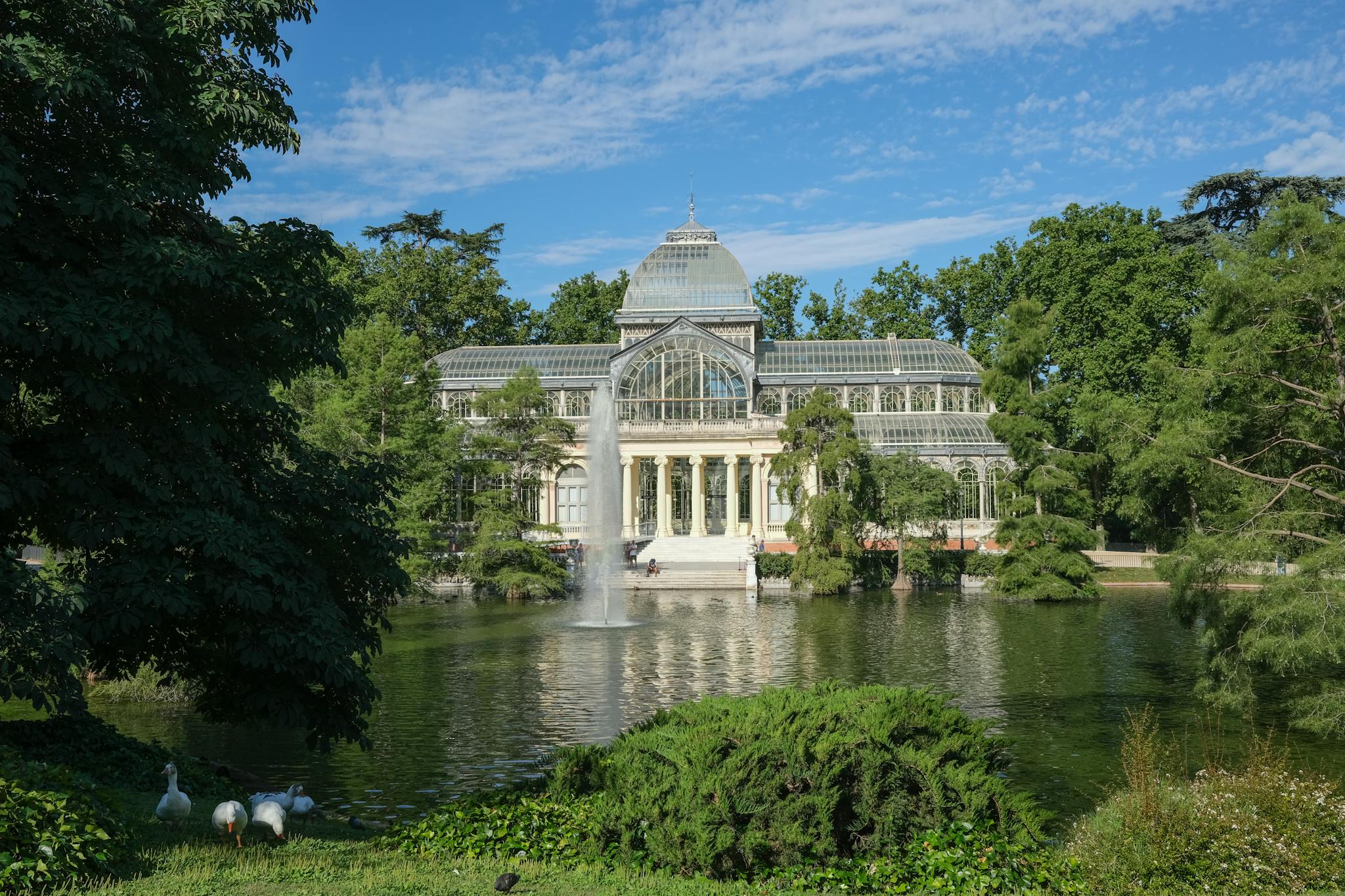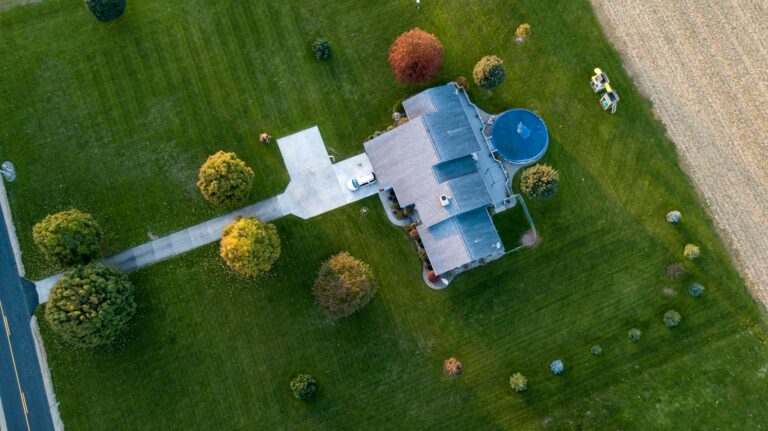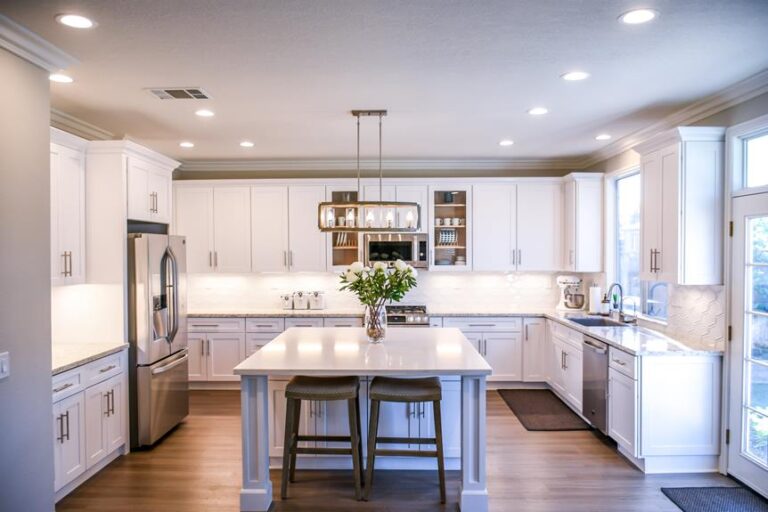Conservatory Balcony Planning
In the realm of architectural design, the integration of a conservatory balcony presents a unique challenge that encompasses both aesthetic appeal and strict compliance with legal frameworks.
This initial phase of planning demands a meticulous evaluation of permissions, where the lines between innovation and regulation often intersect.
As professionals embark on this intricate journey, they must navigate through the maze of local council approvals, neighbourly considerations, and the precise application of building codes to ensure the envisioned project transitions from concept to reality.
The question then arises: how does one adeptly manoeuvre through these complexities to achieve a conservatory balcony that not only meets legal standards but also embodies the homeowner’s vision?
Key Takeaways
- Ensure compliance with local planning permission and building regulations for conservatory balconies.
- Consult with experts for design considerations that meet structural feasibility and privacy needs.
- Obtain necessary approvals from local councils and neighbours to mitigate legal challenges.
- Consider light control and privacy measures in the design to enhance the conservatory balcony’s usability.
Understanding Conservatory Planning Permission
Navigating the intricacies of conservatory planning permission is essential for ensuring legal compliance and the success of your project. Understanding the basic requirements and exemptions, alongside the government’s current stance on home extensions, forms the foundation of this process.
This section will provide a structured overview of these aspects, facilitating informed decisions and streamlined project execution.
Basic Requirements and Exemptions
Understanding the basic requirements and exemptions for conservatory planning permission is fundamental for homeowners considering balcony extensions.
- Compliance with Size and Height: Regulations dictate specific dimensions for conservatory balcony planning to be considered a permitted development.
- Design Considerations: Gable end conservatory planning must adhere to design standards, ensuring it doesn’t obstruct light to neighbouring properties.
- Consultation: Engaging with local authorities can clarify exemptions and requirements, especially concerning planning permission for conservatories if it blocks my light.
Government Stance on Home Extensions
After exploring the foundational requirements and exemptions for conservatory planning permission, it is crucial to examine the governmental policies shaping home extension projects.
The government aims to simplify extending homes, increasing maximum extension sizes for improvements. Homeowners must notify the council, who assess potential impacts on area character, ensuring community cohesion.
Despite simplifications, special areas retain protections, balancing development with preserving unique local characteristics.
Specifics of Planning Permission for Conservatories
In the realm of conservatory balcony planning, specific considerations play a crucial role in the feasibility, aesthetic appeal, and legal compliance of a project.
Gable End Conservatory Considerations and Balcony Integration in Conservatory Design are pivotal aspects that need careful evaluation.
It is essential to assess these factors in conjunction with the outlined planning permission requirements to ensure a successful implementation.
Gable End Conservatory Considerations
Navigating the intricacies of planning permission is paramount for homeowners considering the addition of a gable end conservatory to their property.
- Height, Size, and Location: Assess how these factors align with local planning regulations.
- Permitted Development Limits: Understand if your project exceeds these limits, necessitating planning permission.
- Designated Areas: Be aware of additional restrictions if your property is in a protected or designated area.
Balcony Integration in Conservatory Design
Building on the foundational considerations for gable end conservatories, integrating a balcony into conservatory design introduces an additional layer of complexity, particularly in terms of planning permission requirements. Careful consideration of structural feasibility, safety measures, and local council permissions are imperative.
Consulting an architect and hiring a builder experienced in unique conservatory projects ensures a seamless integration. Tailored design services provide bespoke solutions, fostering a sense of belonging among those seeking to enhance their living space.
Navigating New Planning Regulations
The introduction of new planning regulations represents a significant shift in the framework governing conservatory balcony extensions, aimed at streamlining the extension process while safeguarding the distinct character of neighbourhoods.
Under these updated guidelines, homeowners are required to engage with local councils through a notification process prior to initiating construction, a step designed to harmonise the interests of property owners with those of the surrounding community.
This segment will examine the practical impact of these changes and outline the steps homeowners must undertake to ensure compliance with the revised regulations.
Recent Changes and Their Implications
Recent regulatory adjustments are aimed at streamlining the extension process for homeowners wishing to add conservatories to their balconies, marking a significant shift in the approach to urban development and property enhancement.
- Maximum extension sizes on balconies have been increased, providing greater flexibility.
- Homeowners are required to notify the council before construction, ensuring transparency.
- Councils assess the impact on area character, maintaining community integrity.
Practical Application of New Rules
Understanding the nuances of the updated planning regulations is crucial for homeowners aiming to enhance their properties with conservatory balconies, ensuring compliance while maximising the new allowances.
The regulations simplify the extension process but require notifying the council and addressing neighbour concerns. Despite relaxed rules, protections remain for special areas.
Expert consultation is advised to navigate these regulations effectively, preserving the area’s character while achieving desired enhancements.
Building Regulations for Conservatories
Navigating building regulations is a critical step in planning and constructing a conservatory, as these rules are designed to ensure the structure’s safety, energy efficiency, and accessibility.
Approval is mandatory for the removal of exterior doors or walls to adhere to regulations.
New structural openings must uphold energy efficiency standards.
Construction near public sewers requires water board approval, particularly under stricter rules for listed buildings and conservation areas.
Considerations for Light and Privacy
In the planning of conservatories on balconies, careful consideration must be given to both light management and privacy to ensure a harmonious balance between comfort and seclusion. Implementing privacy screens or frosted glass enhances seclusion, while roof blinds control light levels.
Strategic furniture or plant placement maintains privacy without impeding light. Orientation and surrounding structures influence natural illumination and privacy, necessitating the selection of appropriate glazing options for optimal light and privacy management.
Designing Your Conservatory
When embarking on the design of a conservatory for your balcony, it is imperative to assess the structural integrity and safety considerations of the existing space.
- Ensure the balcony’s dimensions and location align with conservatory requirements.
- Engage with an architect to navigate design possibilities within constraints.
- Investigate alternative designs if faced with limitations, ensuring compliance and securing necessary approvals for a seamless transition to construction.
Preparing for Your Conservatory Project
As we transition into the preparatory phase of your conservatory balcony project, a meticulous checklist is paramount to ensure a smooth construction process.
Engaging an architect to evaluate the structural feasibility and ensuring the project aligns with local building codes are critical first steps.
Additionally, securing the necessary approvals from both the local council and affected neighbours will mitigate potential legal and interpersonal challenges, paving the way for a successful project completion.
Checklist Before Starting Construction
Embarking on a conservatory project requires meticulous planning, beginning with a comprehensive checklist to ensure all preparatory steps are methodically addressed before construction commences.
- Verify Balcony Specifications: Ensure the balcony’s size and location align with conservatory requirements.
- Consultation and Approval: Discuss design possibilities with an architect and obtain necessary local council approvals.
- Compliance and Consideration: Address neighbours’ concerns and ensure adherence to building codes and regulations.
Overcoming Planning Obstacles
Navigating the complexities of planning obstacles requires a strategic approach, starting with a comprehensive consultation with an architect to ensure the feasibility of constructing a conservatory on a balcony. Obtaining necessary planning permissions and addressing neighbour concerns are vital steps.
Ensuring compliance with building regulations and hiring a qualified builder experienced in unique projects like this underpins the pathway to overcoming these challenges, fostering a sense of belonging among community members.
Conclusion
Considering the multifaceted approach required for the successful planning and execution of a conservatory balcony project, it becomes evident that attention to detail and adherence to legal and technical guidelines are paramount.
- Consultation with architects and experts ensures safety and feasibility.
- Obtaining necessary permissions is a critical step.
- Choosing a competent builder and considering bespoke designs offer tailored, high-quality solutions for your unique space.
Frequently Asked Questions
Can you build a conservatory on a balcony?
Yes, constructing a conservatory on a balcony is possible with careful planning, getting the required permissions, consulting with an architect for safety evaluations, and hiring a skilled builder to carry out the work, guaranteeing a unique and compliant addition.
Do you need planning permission for a balcony?
Whether planning permission is required for a balcony depends on various factors, including size, location, and potential impact on the surrounding area. Engaging with local authorities and adhering to specific regulations is crucial for compliance.
What is the 4 year rule for conservatory?
The 4 Year Rule for conservatories permits homeowners to classify a conservatory as a permitted development without planning permission if it has existed for over four years, emphasising the importance of compliance with other building regulations.
How big can a conservatory be without planning permission in the UK?
In the UK, a conservatory can be built without planning permission if it covers less than 50% of the land area, is within property boundaries, and meets specific height restrictions in relation to the existing dwelling.






